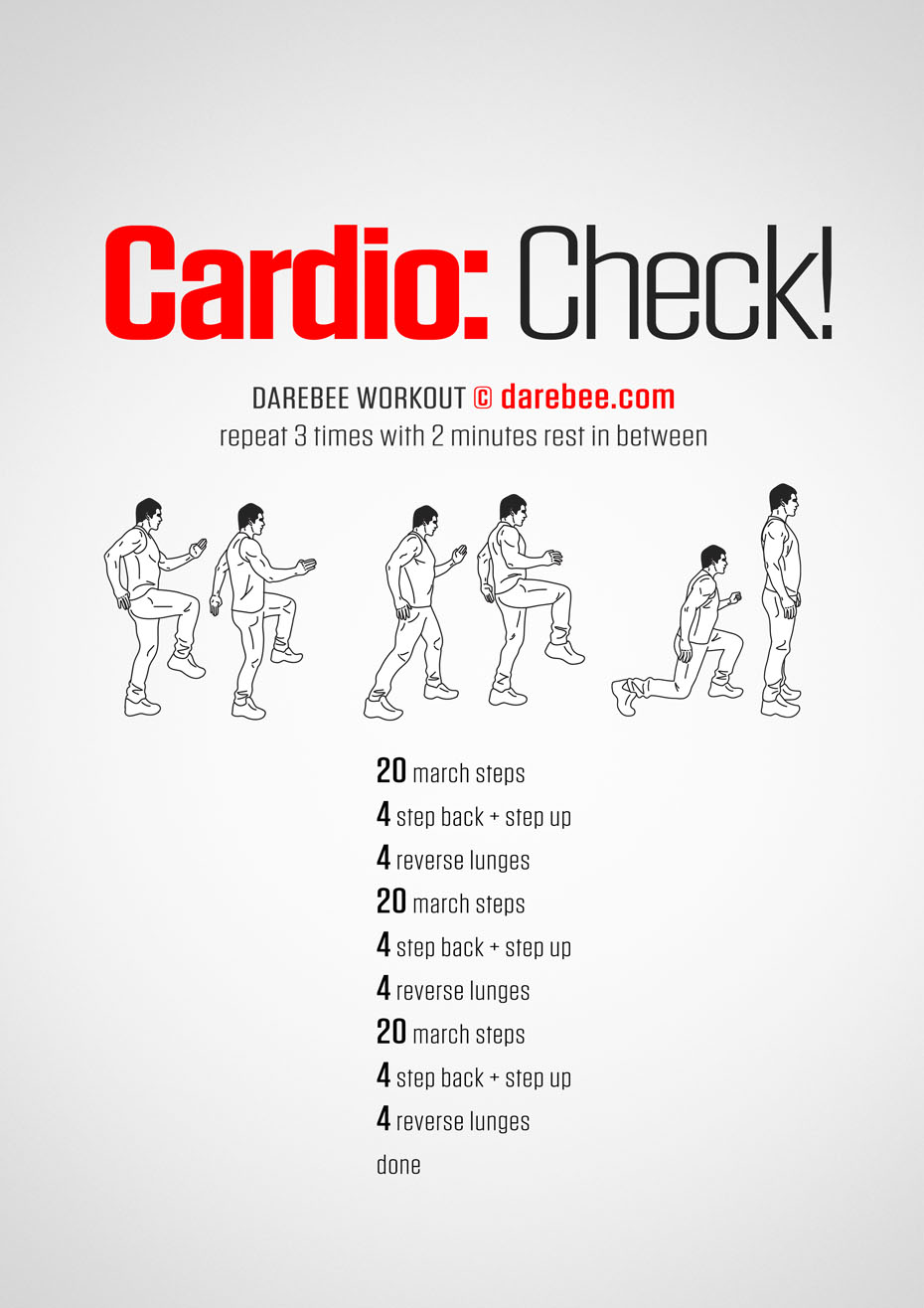

While some measure of exercise capacity should be included in all assessment processes, select the tests to be performed according to setting, expertise and desired outcomes. Submaximal test (six-minute walk test 6MWT).Maximal test (exercise stress test EST).

If so, strict adherence to testing procedure guidelines will promote validity and reproducibility of outcomesĮxercise capacity can be assessed by the following tests depending on the facilities available and the level of medical support: Whether the assessment will also be used for research or to evaluate your service.The clinical risk of patients you are likely to manage within your service.The workload intensity achieved during the assessment and its implication for risk.When deciding on the most appropriate exercise test, consider: This includes subjective assessment of an individual’s exercise tolerance, and objective exercise test results, which can be used to calculate exercise intensity based on an equation or algorithm.Īll assessments of exercise capacity have strengths and weaknesses in assisting exercise prescription, and many published studies have evaluated their validity in various clinical settings. Changing Exercise and Activity BehaviourĪssessment of exercise capacity provides valuable information to guide exercise prescription.Education Topics for Heart Failure Education.Education Topics For Cardiac Rehabilitation.Medications for Acute Coronary Syndrome.Exercise Training Following a Recent Cardiac Event or Procedure.Exercise Capacity and Functional Testing.Evidence and Principles of Exercise Training.Pathophysiology of Acute Coronary Syndrome and Heart Failure.


 0 kommentar(er)
0 kommentar(er)
